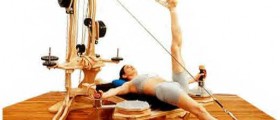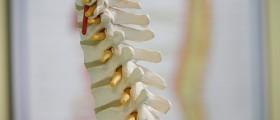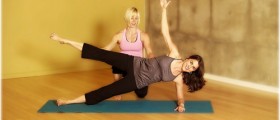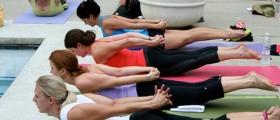
A hula hoop is a toy hoop enjoyed by many people worldwide. This toy is typically twirled around the waist, but some people even twirl it around the limbs or neck. The hula hoop can measure anywhere from 28 to 42 inches in diameter. Smaller toys are used by kids, while the adults use wider hula hoops. A typical hula hoop is made of plastic tubing, but they were once produced from willow, rattan, grapevines and stiff grasses. There is some evidence that first hula hoops were made by ancient Egyptians. The ancient Greeks also used hoops to exercise. More recently, the hula hoops became popular in the late 1950s, when the plastic toy was largely marketed by California's Wham-O toy. Today, there is even an international holiday every year, World Hoop Day, celebrated on July 7. Hula hooping is really fun, but it also provides some fantastic health benefits.
Health benefits of hula hooping
Hula hooping is a child’s play but at the same time a real physical exercise. Twirling of the hula hoop around the waste engages some of the biggest muscles in the body. This actually means that a large amount of energy had to be spent to activate those muscles, which helps the body burn fat.
Moreover, hula hooping tones the body since it strengthens the muscles. Almost all of the muscles of the body are included but most notably glutes, thighs, hips, legs, knees and abdomen.
Hula hooping can also increase an individual's fitness level and boost their endurance. Ten minutes of hula hooping are a true aerobic activity that burns the equal amount of calories as any other cardio exercise. This entertaining activity will certainly improve the flexibility of the spine, since it requires a significant range of motion from the spine. This benefit is essential in prevention of back injuries.
Last but not least, as any other fun activity, hula hooping improves the mood.
How to hoop?
To begin, one should obtain larger and heavier hula hoop. This kind of hoops is easier to use than the small plastic hoops, because they take longer to spin around the body, and the weight will provide additional stability. On its edge, a hoop should be positioned about a palm width below the breasts. The hoops will spin when the body starts rocking back and forth, pushing the hips and belly forward. Every time the hoop hits the stomach, the belly is pushed forward to keep it in motion. Push is what actually keeps the hoop spinning, rather than a circular hip movement.

















Your thoughts on this
Loading...